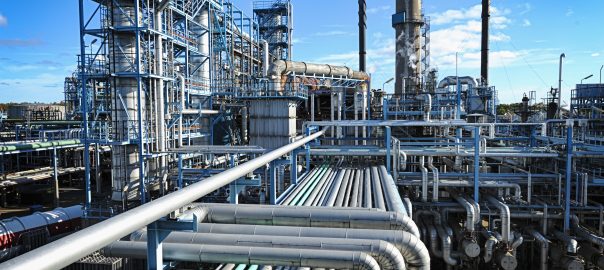Water security is a major challenge for countries throughout the world, especially urban and rural communities in developing countries. Water related disease kills more than 3.4 million people every year, making it the leading cause of death.
While water is a human right according to the United Nations, for everyone to have access to safe, potable drinking water and adequate sanitation requires significant advancement in water infrastructure, governance and education.
To provide the 2.1 billion people on the planet who lack readily available drinking water at home requires more than technological innovation, it demands collaborations that may appear ambitious in scope, but nevertheless are necessary for resolving deep rooted problems of water security.
The GCRF Water Security Hub led by Newcastle University makes possible the collaborations needed to address water security in the developing world in a holistic way. I had the pleasure of speaking with some of the key researchers in the Hub from Newcastle in engineering and the social sciences.
In Part 2 of this episode of the Science Perspective podcast they explain the importance of water security, and how the Hub is working with multiple stakeholders to achieve SDG 6: Clean Water and Sanitation.
Download
You can also catch up on Part 1.

